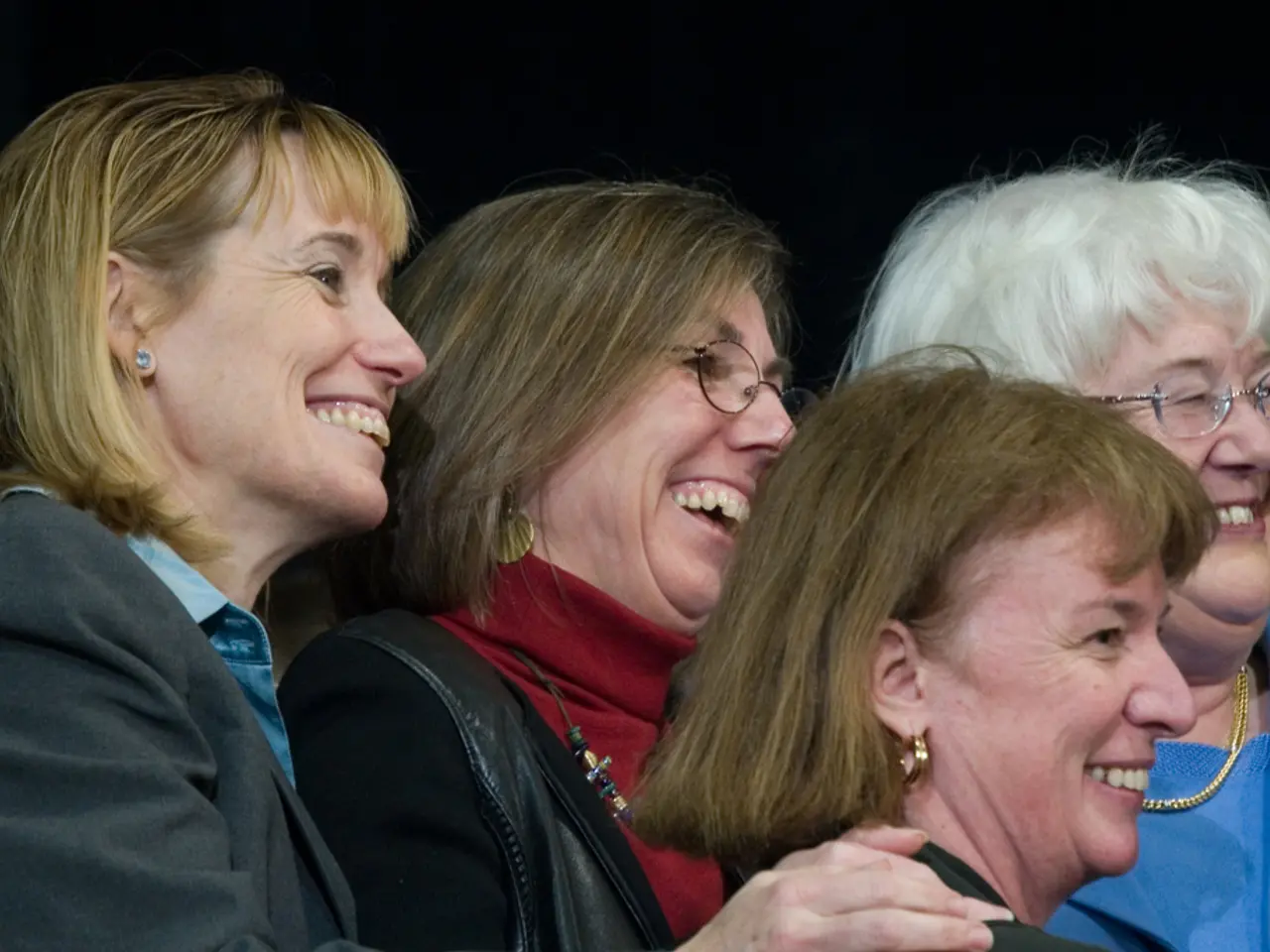High demand for proficient caretakers in the senior citizen sector
Saxony-Anhalt, a region in eastern Germany, has a low percentage of care workers with migration backgrounds, and the retention of these workers is a growing concern. The MIASA project, managed by Prof. Dr. Josefine Heusinger at the Hochschule Magdeburg-Stendal, aims to address this issue by investigating the challenges, successful approaches, and long-term integration in the care sector of Saxony-Anhalt.
Restrictive housing and movement policies, accommodation policies, demographic and socio-economic factors, and the demand for language proficiency and formal qualifications are some of the factors contributing to the low percentage of migrant care workers in the region. For instance, Saxony-Anhalt has a relatively low percentage of asylum seekers granted freedom of movement (2.7%) compared to other states like Saxony (4.98%). Additionally, the state's reliance on collective accommodation may hinder social and employment integration opportunities.
To tackle these issues, the MIASA project proposes several potential solutions. These include improving access to decentralized housing, implementing language and qualification support programs, fostering flexible, family-friendly work policies, developing targeted recruitment and inclusion strategies, making legal and policy adjustments to enhance mobility and stability, and building community integration initiatives.
Steven Biere, a scientific employee in the MIASA project team, explains that the goal is to develop effective measures and make existing offers more visible. An online survey has been sent to approximately 700 care facilities in Saxony-Anhalt, and interested companies can contact the MIASA project team for more information.
The results of the survey will form the basis for recommendations for action aimed at facilities and politics. The project's focus is on offering facilities real added value through scientifically sound findings that help them prepare for the future. Nationwide, 13% of care workers have a migration background, but in Saxony-Anhalt, this figure is below 1%.
As many care workers in Saxony-Anhalt are retiring, and the number of people requiring support is increasing, the need for a diverse and skilled care workforce is more pressing than ever. Expert discussions will be held next year with care workers, facility managers, carriers, and political actors, among others, to further explore these issues and develop strategies for long-term integration.
A photograph of Steven Biere, a scientific employee of the MIASA project, is available. For more information, visit the MIASA project's website, email, or contact the provided phone number.
- Other regions in Germany have a higher percentage of asylum seekers granted freedom of movement compared to Saxony-Anhalt.
- The demands for language proficiency and formal qualifications are factors contributing to the low percentage of migrant care workers in Saxony-Anhalt.
- The MIASA project aims to investigate the long-term integration of care workers in Saxony-Anhalt.
- Collective accommodation may hinder social and employment integration opportunities in Saxony-Anhalt.
- The goal of the MIASA project is to develop effective measures for the care sector in Saxony-Anhalt.
- An online survey has been sent to around 700 care facilities in Saxony-Anhalt.
- The results of the survey will be used to form recommendations for action for facilities and politics.
- The MIASA project focuses on offering scientifically sound findings to facilities to help them prepare for the future.
- Nationwide, 13% of care workers have a migration background, but in Saxony-Anhalt, this figure is below 1%.
- As many care workers in Saxony-Anhalt are retiring, the demand for a diverse and skilled care workforce is increasing.
- Expert discussions will be held next year with various stakeholders to explore these issues and develop strategies for long-term integration.
- A photograph of Steven Biere, a scientific employee of the MIASA project, is available.
- For more information about the MIASA project, visit the project's website, email, or contact the provided phone number.
- The MIASA project team aims to address the growing concern of the retention of care workers with migration backgrounds in Saxony-Anhalt.
- The care sector is a critical industry that requires a skilled and diverse workforce in Saxony-Anhalt.
- The MIASA project proposes solutions such as improving access to decentralized housing and implementing language and qualification support programs.
- Climate change may impact the health and wellness of care workers in the future, and it is crucial to consider this in the MIASA project.
- Fitness and exercise can contribute to overall health and wellness in the care sector, and the MIASA project encourages its implementation.
- As chronic diseases such as chronic kidney disease, cancer, respiratory conditions, digestive health issues, and mental health disorders increasingly affect the population, it is important to address these issues in the care sector.
- Eye health, hearing, and skin conditions are also important medical conditions that the care sector should consider.
- Autoimmune disorders, therapies and treatments, and nutrition are important factors to consider in the care sector for long-term integration.
- Cardiovascular health is also a critical aspect of health and wellness in the care sector.
- The manufacturing industry can contribute to the development of smart home devices and wearables for the care sector.
- Environmental science can help identify sustainable living solutions for the care sector.
- Finance and wealth management can help care facilities manage their resources effectively.
- Retail, interior design, cooking, transportation, and fashion and beauty industries can contribute to enhancing the quality of life for care workers.
- Data and cloud computing, artificial intelligence, cybersecurity, and the stock market are important areas to consider for the future of the care sector, particularly in terms of efficiency and service delivery.





